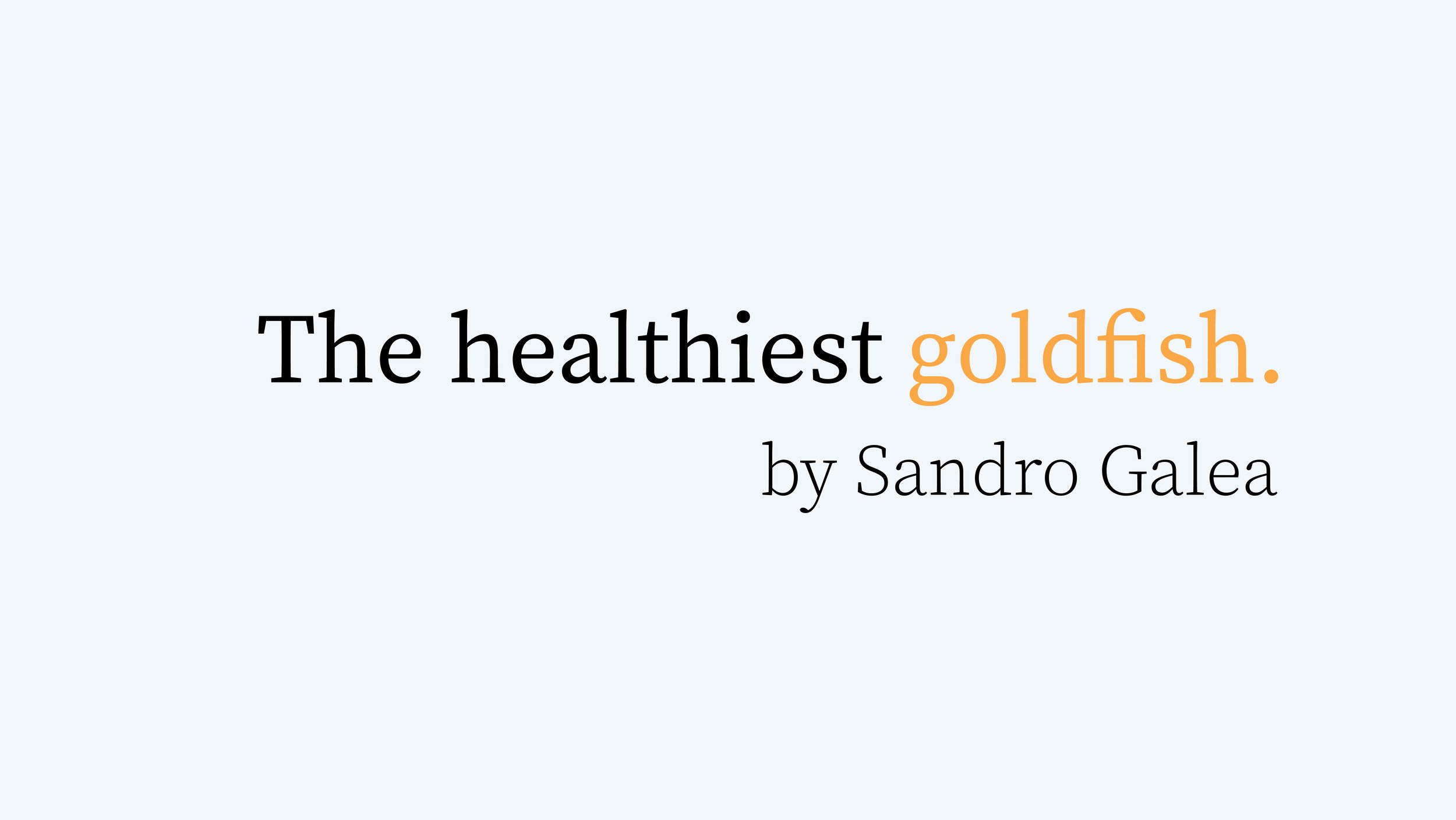Can we expand our thinking to better engage with the full range of forces that shape our lives, and our health?
In recent years, a highly polarized political discussion has emerged about meritocracy in the US. On one side of the debate is what might be called the classic view of American meritocracy, the Horatio Alger-esque story of striving one’s way to success through individual ability and effort. In this framework, all have more or less equal potential to rise, and it is only differences in individuals’ talent and effort that shape differences in life outcomes. This has arguably long been the dominant narrative about meritocracy in the US. More recently, however, a new narrative has emerged, one that in many ways aligns more closely with our public health paradigm. This narrative says that what has passed for merit (for example, doing well on exams, being promoted, or simply being healthy) principally is a product of engrained social systems. Structural forces—such as systems of historical injustice, present-day inequality, or marginalization due to identity status—have created a context which advantages some and disadvantages others. Forces like structural racism or class endowments which one is born with can generate both privilege and marginalization, and these are the key factors that determine how one does in life. While individual ability and action has a place in this framework, it is considered less significant than is the context within which we operate. This then leads us to an understanding of the world where seeming differences in ability and achievement are mostly differences in an individual’s relation to the foundational forces that shape our world. We should, this thinking goes, always take this into account in evaluating and rewarding what might seem to be the fruits of individual effort alone.
Read more here.





